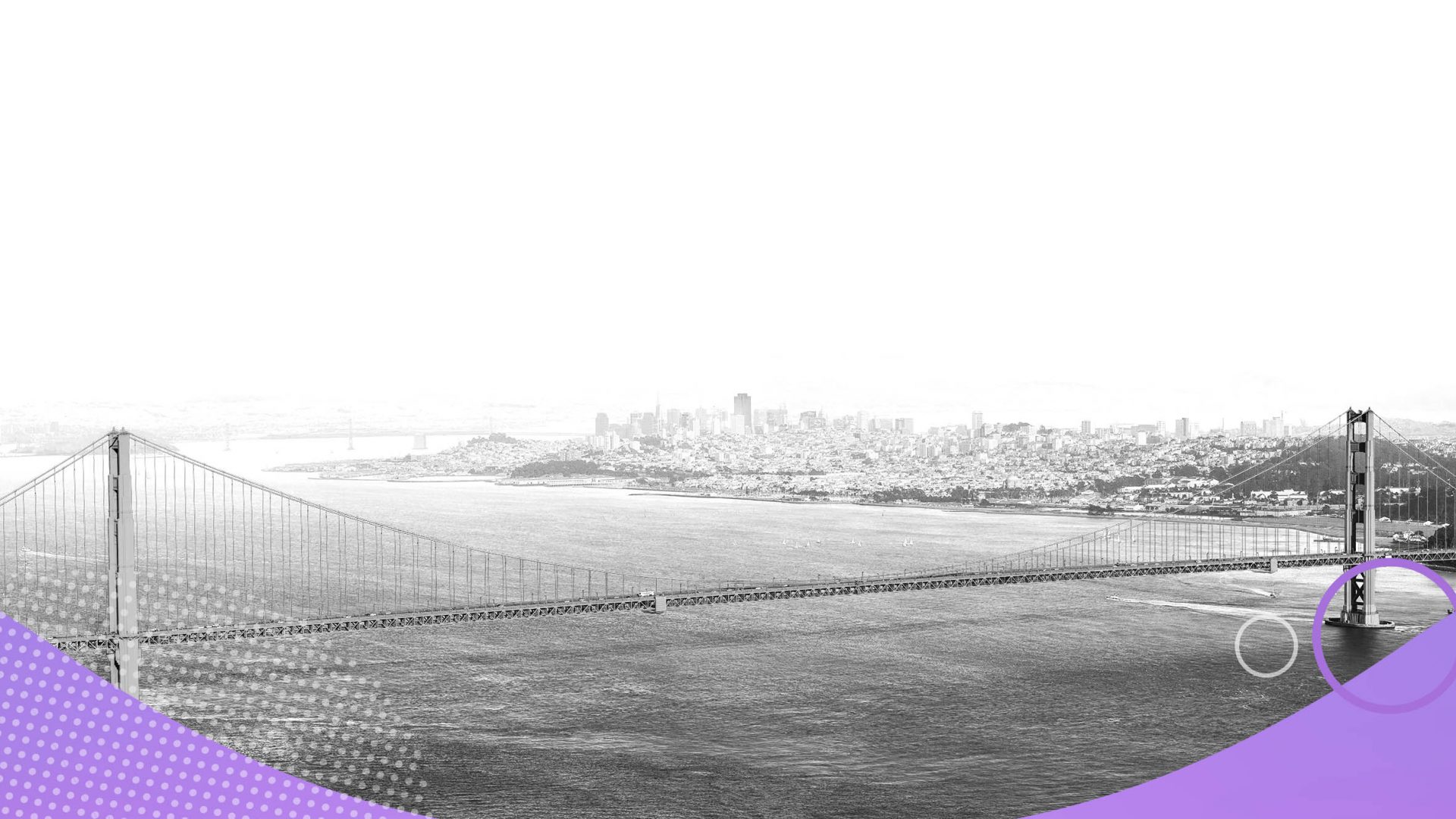The Future of UX
UX design is the lifeblood of the design world, helping designs meet user needs. With every product comes users. Even before the first commercial product, the things created by humans for their use needed to take their preferences and needs into account. A tool for a hunter or a basket for a gatherer needed immense design sense and planning for their usability.
Since then, we have evolved as a global society, and User Experience, or UX, is still at the centre of everything we build. Today, about 94% of first impressions are design-related. Even if your website or product is useful – it is rendered powerless if integrated into a poor design.
Over the past couple of years, the world has undergone major changes – the pandemic, the rapid rise of social media, and some wildly futuristic advances within the tech world. This increased technology prowess and evolving state of the world keep UX designers on their toes when it comes to designing solutions for modern-day challenges.
So, with so many changes happening at lightning speed, what does the future hold for UX? How will this recent shift in human experience affect the design process? Will the hiring of UX designers grow, or will they become obsolete?
Let’s dive deeper.
Table of Contents
What is UX design?
If you’re new to UX or considering a career within the field and you’d like a brief overview, check out this video:
When we talk about ‘User Experience’, we refer to how people interact with a digital product or website. The design of the product – including the color, material, and physical appearance – may influence how we feel about the interaction.
This is the essence of UX design.
The core of UX design is to ensure that users find value in what they get from the product. Peter Morville, a pioneer in the field of information architecture and user experience, represents this through his User Experience Honeycomb:
For there to be a meaningful and valuable user experience, information must be:
- Useful – Your content should strike a chord with the user and fulfil a need.
- Usable – The digital product or system should be easy to use.
- Desirable – Image, identity, and other design elements should be used to evoke emotion and appreciation.
- Findable – Content should be navigable and locatable onsite and offsite.
- Accessible – Content should be accessible to people with disabilities.
- Credible -Users must be able to trust and believe what you tell them.
The term UX is not new. It has dominated the design industry since the early nineties and was coined by Donal Norman – a former cognitive scientist at Apple. Today, UX design is one of the fastest-growing fields in the world. Every interaction you have with your devices has in some way been influenced by a UX designer. And honestly, there hasn’t been a better time to become a UX designer. With advances in technology in this post-pandemic world, the demand for UX designers will only ris
Which industries are likely to be affected by a UX overhaul in the coming decade?
Eye-grabbing data visualization, flawless webpage interactions, adaptable app functionalities have been the highlight of the UX industry in the past couple of years. UX has contributed immensely in attracting the user to a product and its enhanced features.
Today, almost all industries are UX dependent to an extent and will continue benefiting from it in the coming decade. Here are some sectors that will be majorly affected by a UX overhaul within a decade –
- Big Data – An integral part of the software industry that deals with a colossal amount of data, Big Data will combine and analyze meaningful and actionable ideas. With a good UX design, one can create a simple and effective dashboard, which uses data visualization. UXers can also create visual elements to present data like a graph, chart, pivot table, and so on. Creating an interactive platform using UX will enrich the analysis output.
- Government websites – The success of a government agency depends on its engagement with the people. With better UX, government websites can interact with people and help them engage more. Good UX enables spreading awareness and information across different comms channels – a prerequisite for a robust government application/website. In the coming years, UX will stand as an important element in bridging the communication gap between a government and its people.
- IoT – Did you know that UX creates the base platform for the Internet of Things? Over the coming years, as the IoT industry booms, so will the space of UX within the industry. Creating a flawless and interactive platform will become the core of UX in IoT. From the inception of a concept to launching it for the user, UX will play a pivotal role in every aspect. It’s simple: If you want your television controlled by a smartphone, you’ll need a platform where the user can log into their electrical system and manage all the controls. UX’s job here is to make the portal so adaptive and user-friendly that the user gets the hang of it from the first login!
- The manufacturing industry – It is one of the few industries where the platforms have to focus on streamlining processes rather than attracting customers. With the help of UX design, one will manage, interact, and integrate every department and process on the floor and reduce the manufacturing cycle time.
- Sales and marketing department – Whenever you sell a digital product, you first attract customers. Good UX will draw their attention faster and leave a lasting impression. However, that’s not it. Creating a good UX can help other employees monitor their progress, compare with their peers, and efficiently track their KPIs.
- Travel industry – A flawless UX design will help integrate numerous travel-based service providers like airlines, hotels, rental cars, and so on. Moreover, a UX design peppered with personalization will allow better customer retention due to superior quality user experience.
- E-learning – UX is king in e-learning because it improves the brain’s ability to analyze and retain information. UX will be pivotal for creating an enhanced online learning experience to help learners interact with the platform, connect with educators, and digest information better than the traditional learning systems.
- Human Resources – HR is all about human interaction. From screening to exit interviews, HRs work with a lot of human emotions, thoughts and behaviors. UX will be able to help HRs create a smoother and organized induction for employee retention. UX will also enable employees to get a personalized experience that can boost motivation and retention.
With so many exciting options waiting for UXers, let’s look at how one can make a career in the field.
Which tools are relevant for a career in UX?
Even for a UX Jedi, keeping tabs on the ever-growing list of must-have tools can sometimes be overwhelming. Below are the most essential tools you A-B-S-O-L-U-T-E-L-Y need to your UX arsenal to kickstart a project:
- Project management and communication tool. Our favs: Notion / Trello / ClickUp
- A survey tool for research. Check out Typeform and SurveyMonkey.
- Tools for conducting user interviews. Add Zoom / Google Meet (or any video chat software with recording capability) + An efficient speech-to-text note-taking app.
- A tool for ideation and collaboration. We recommend Miro and CoSchedule.
- A prototyping and wire-framing tool- Nothing comes close to Figma!
How should UX designers go about constructing a body of work that can be presented to recruiters?
During your job application process, you will have to present your UX portfolio to the recruiters. Crafting a UX portfolio is no cakewalk, but if done right, it can help you land the job of your dreams.
Job-seeking UXers tend to include too much text in the project highlights or add overcomplicated animations to their portfolios. So, build your product design portfolio the same way you would tackle any design challenge – by putting yourself in the shoes of your target audience and building from there.
Recruiters receive thousands of applications every day, so they have limited time to review a portfolio. They try to parse a lot of information in a short time. So, keep your portfolio brief and engaging.
Here’s what catches their eyes:
- What type of design you do
- Your talent and passion
- Whether you have an experience that matches the job
- How you tackle design challenges
- Your overall design capabilities.
You can’t expect them to dig deep and find these points in your project. You’ll have to spoon-feed them all the essential information they’ll need for the recruitment process.
How to create the right portfolio?
Having a good portfolio is not just for displaying your work but also about how you present that work. Here’s how your portfolio can help you stand out.
- Tell your story through your design: Your UX portfolio should reflect the story you want to tell. From research findings to how you tackled design challenges – include all the stages, but keep it brief.
Your portfolio should consist of –
- 60% of your thought process – user research & testing, obstacles, insights, design decisions, iterations, stakeholder management.
- 20% about your role and how you operate in the team environment.
- 20% about your prototype or final product and again reflect on your design decisions and explain the why and how.
- Be relevant: Tailor your portfolio for your audience. Have a few different versions of your portfolio that align with the roles you are applying for.
- Make it interactive: It is wise to document your prototype with a domain link. But, you can always go beyond that and create an animated gif or video clip that will take your audience on a visual journey of your design process.


